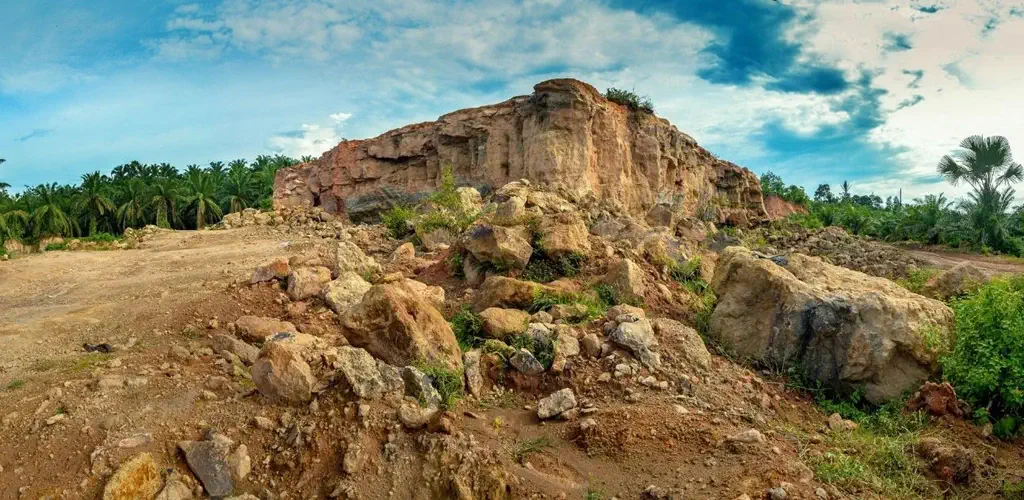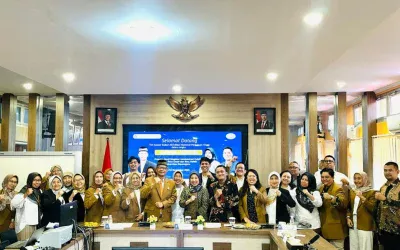FISIP UNDIP, Semarang (7/2) – A journal titled Kajian Mitigasi Bencana Tanah Longsor di Kabupaten Banjarnegara (Study on Landslide Disaster Mitigation in Banjarnegara Regency), conducted by Amni Zarkasyi Rahman, S.A.P., M.Si., explores landslide disaster mitigation efforts in Banjarnegara Regency. Banjarnegara is a landslide-prone area that requires comprehensive mitigation efforts to reduce disaster risks. This research aims to describe the mitigation efforts and improvements in landslide disaster mitigation carried out by the local government. The study employs a qualitative descriptive method, with data collected through interviews and observations.
The findings reveal that structural mitigation efforts include the development of a database for landslide hazard-prone areas and the installation of an Early Warning System (EWS). Meanwhile, non-structural mitigation is carried out through information dissemination, socialization, training, and disaster simulations for the community. However, these efforts still face several gaps and limitations, such as the limited number of EWS devices and the uneven distribution of socialization efforts across all community layers.
To enhance the effectiveness of mitigation, the local government is striving to establish disaster-resilient communities and villages. The disaster-resilient village program aims to prepare communities to better face disasters, but its implementation remains limited. Recommendations provided include the installation of affordable and easy-to-use early warning systems in every landslide-prone village, increasing community understanding through early education, and expanding the disaster-resilient village program to all landslide-prone villages in Banjarnegara Regency.
Source: Rahman, A. Z. (2015). Kajian mitigasi bencana tanah longsor di Kabupaten Banjarnegara. Gema Publica, 1(1), 1-14.
Amni Zarkasyi Rahman, S.A.P., M.Si., a lecturer in the Department of Public Administration who teaches Development Planning, holds a Bachelor’s degree in Public Administration and a Master of Science degree from Universitas Diponegoro. He is committed to continuing his contributions to research and the development of disaster mitigation policies in Indonesia. ***
Translator:
Nur Inayah





0 Comments